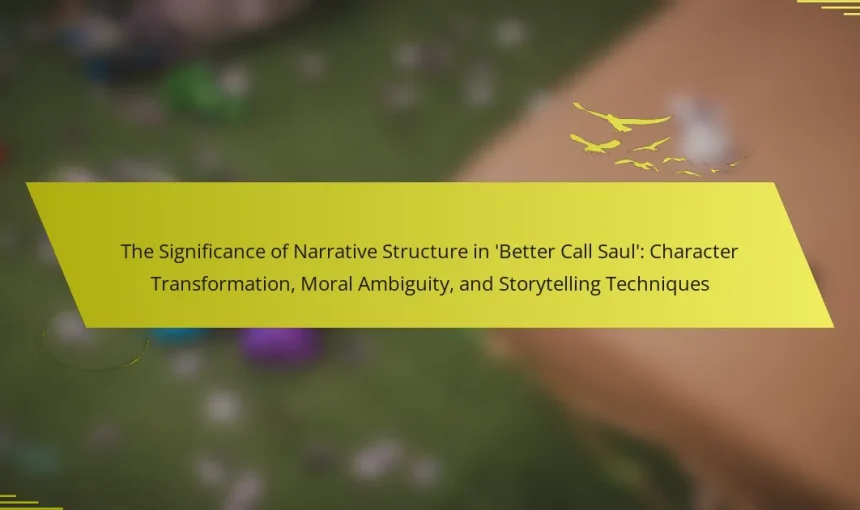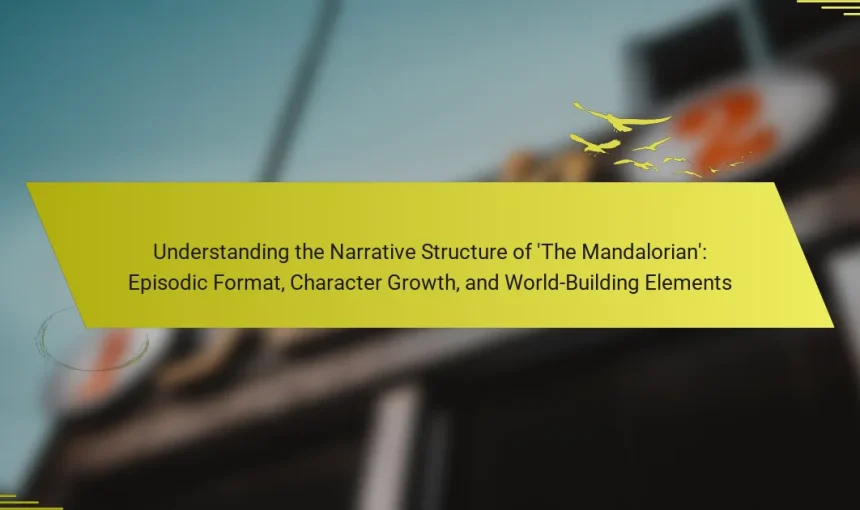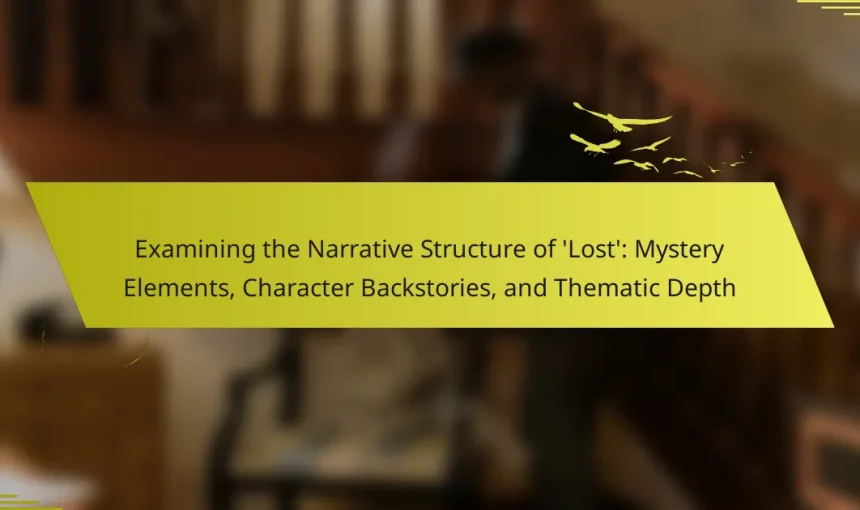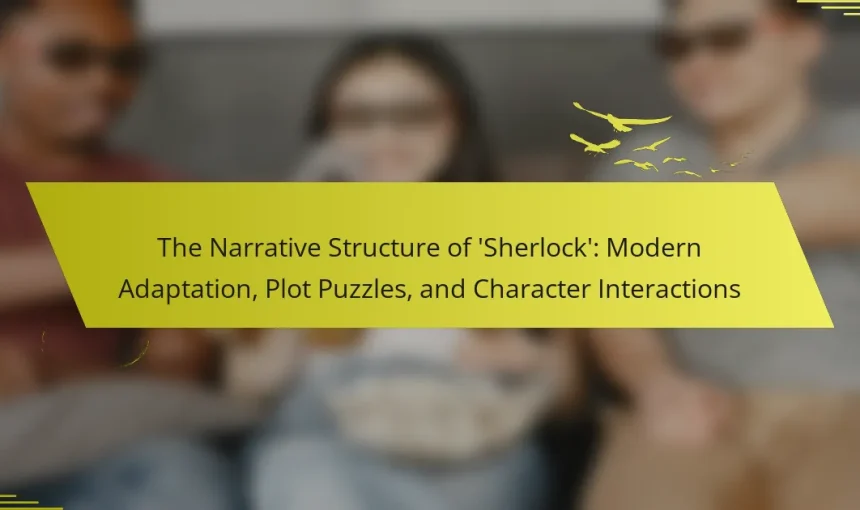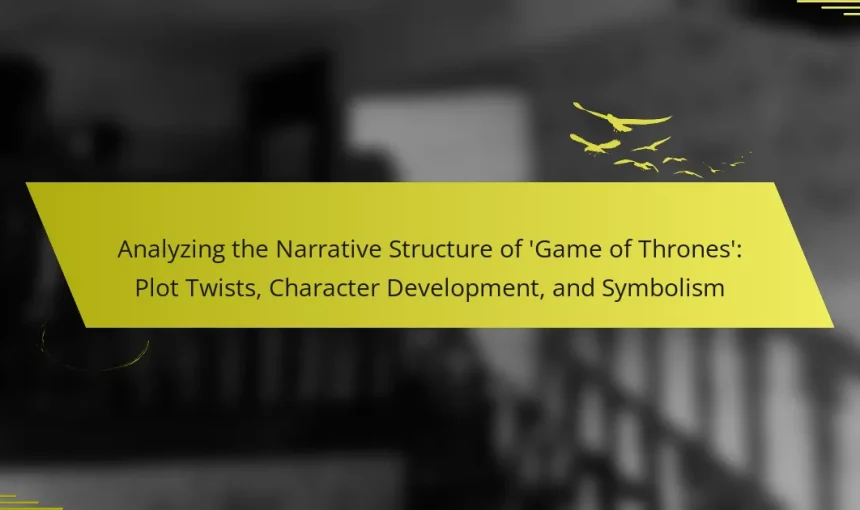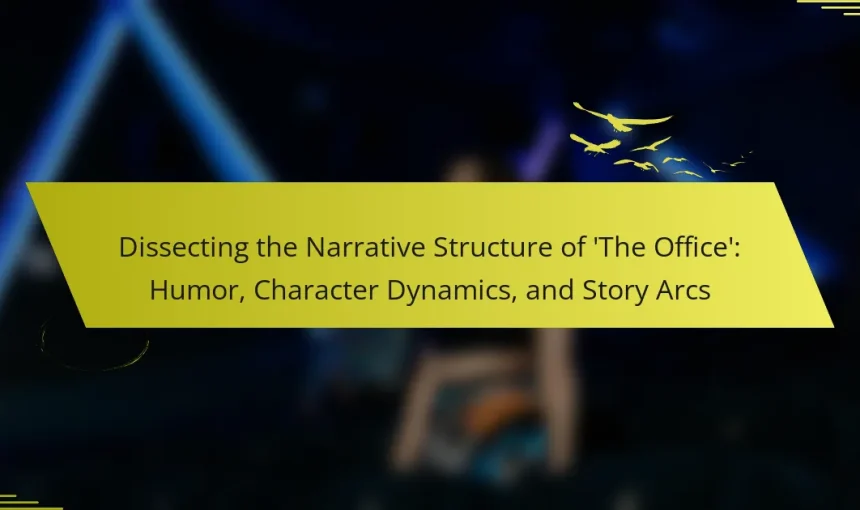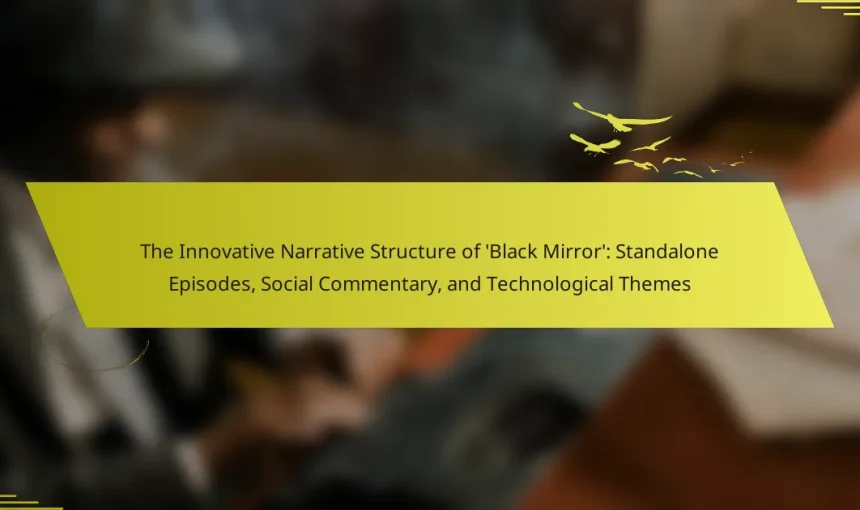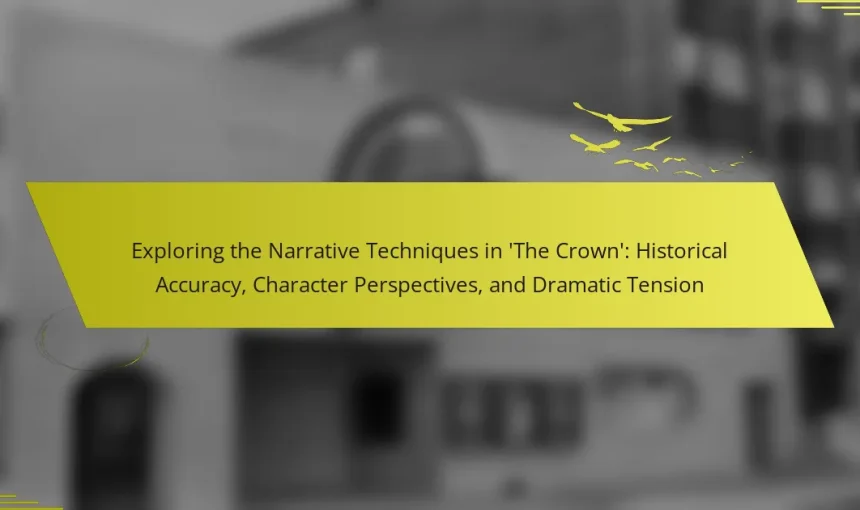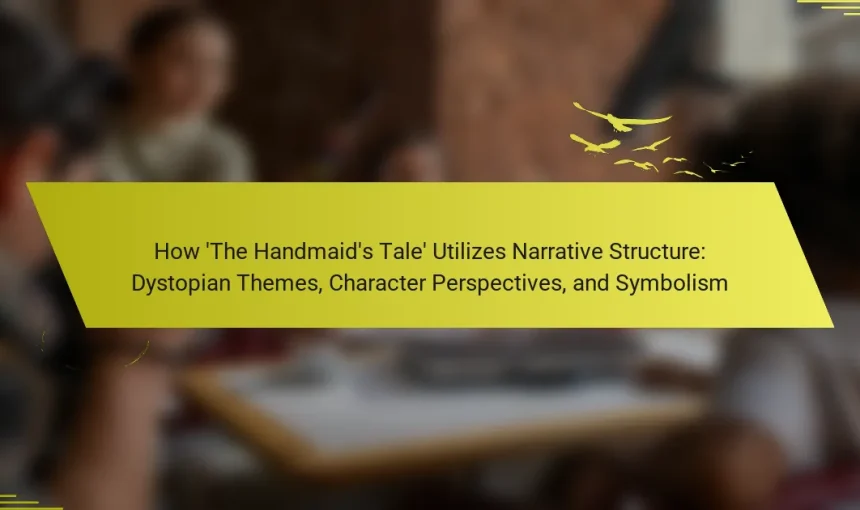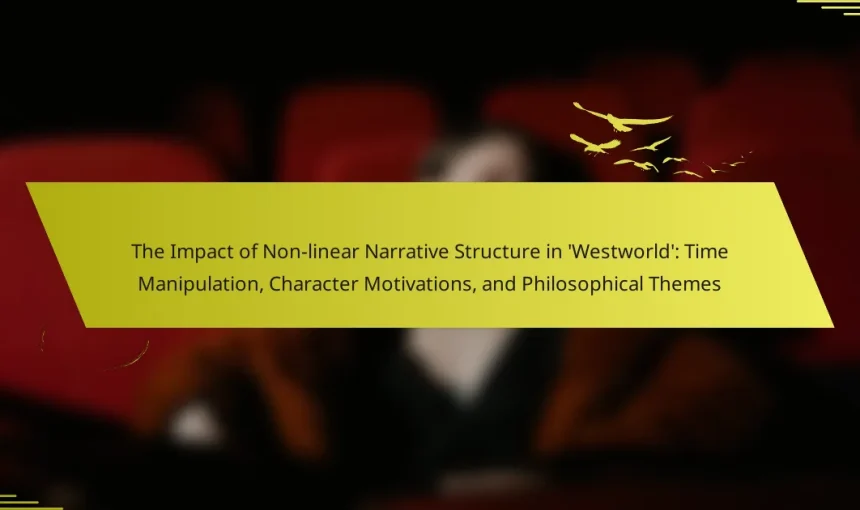The article examines the significance of narrative structure in the television series ‘Better Call Saul,’ focusing on the character transformation of Jimmy McGill into Saul Goodman and the exploration of moral ambiguity. It highlights the use of a nonlinear narrative that incorporates flashbacks and flash-forwards, enhancing character development and building suspense. Key storytelling techniques, such […]
The Mandalorian is a television series set in the Star Wars universe that employs an episodic narrative structure. Each episode presents a self-contained story while contributing to broader themes and character development, particularly focusing on the protagonist, Din Djarin. The series effectively integrates world-building elements, allowing for a rich exploration of various characters and settings. […]
The article examines the narrative structure of the television series ‘Lost,’ highlighting its non-linear storytelling, character backstories, and thematic depth. It discusses how the use of flashbacks and flash-forwards enhances character development and audience engagement, while the complex timeline creates suspense. Key themes such as fate, free will, redemption, existentialism, and the significance of community […]
The article examines the narrative structure of the television series ‘Sherlock,’ which adapts classic Sherlock Holmes stories into a contemporary format. It highlights the series’ use of a non-linear timeline, flashbacks, and character interactions to enhance plot development and viewer engagement. Each episode presents a self-contained mystery while contributing to overarching themes and character arcs. […]
The article analyzes the narrative structure of ‘Game of Thrones’, focusing on its non-linear storytelling, character development, and the use of symbolism. It highlights how the series employs multiple perspectives and plot twists to create suspense and emotional engagement among viewers. Key elements such as character arcs, political intrigue, and moral ambiguity are examined, alongside […]
The article examines the narrative structure of the television series ‘The Office,’ which is characterized by a mockumentary format that fosters direct engagement with the audience. It highlights how the series utilizes a single plotline with intertwined subplots to facilitate gradual character development centered around interpersonal relationships. Key humor techniques such as deadpan delivery, awkward […]
The article examines the innovative narrative structure of the television series ‘Black Mirror,’ which consists of standalone episodes that explore dystopian themes related to technology. Each episode presents a self-contained story, allowing for diverse storytelling styles and perspectives while incorporating social commentary on contemporary issues such as privacy, social media, and artificial intelligence. The anthology […]
The article examines the narrative techniques used in the television series ‘The Crown,’ focusing on its portrayal of the British monarchy. It highlights the use of a non-linear timeline that juxtaposes historical events with personal dramas, fostering emotional connections with the characters. The series employs multiple perspectives to present conflicting viewpoints, enriching the narrative. Additionally, […]
‘The Handmaid’s Tale’ is a dystopian novel by Margaret Atwood that employs a fragmented narrative structure to reflect the disjointed reality of the protagonist, Offred. The story alternates between past and present, emphasizing themes of identity loss and oppression. Key character perspectives, including those of Offred, Serena Joy, and Moira, provide insight into the complexities […]
The article examines the impact of the non-linear narrative structure in the television series ‘Westworld’. This narrative technique presents events out of chronological order, enhancing character development and motivations while challenging viewers to piece together the timeline. Key themes explored include free will, identity, and consciousness, as characters navigate their autonomy amidst programmed behaviors. The […]
